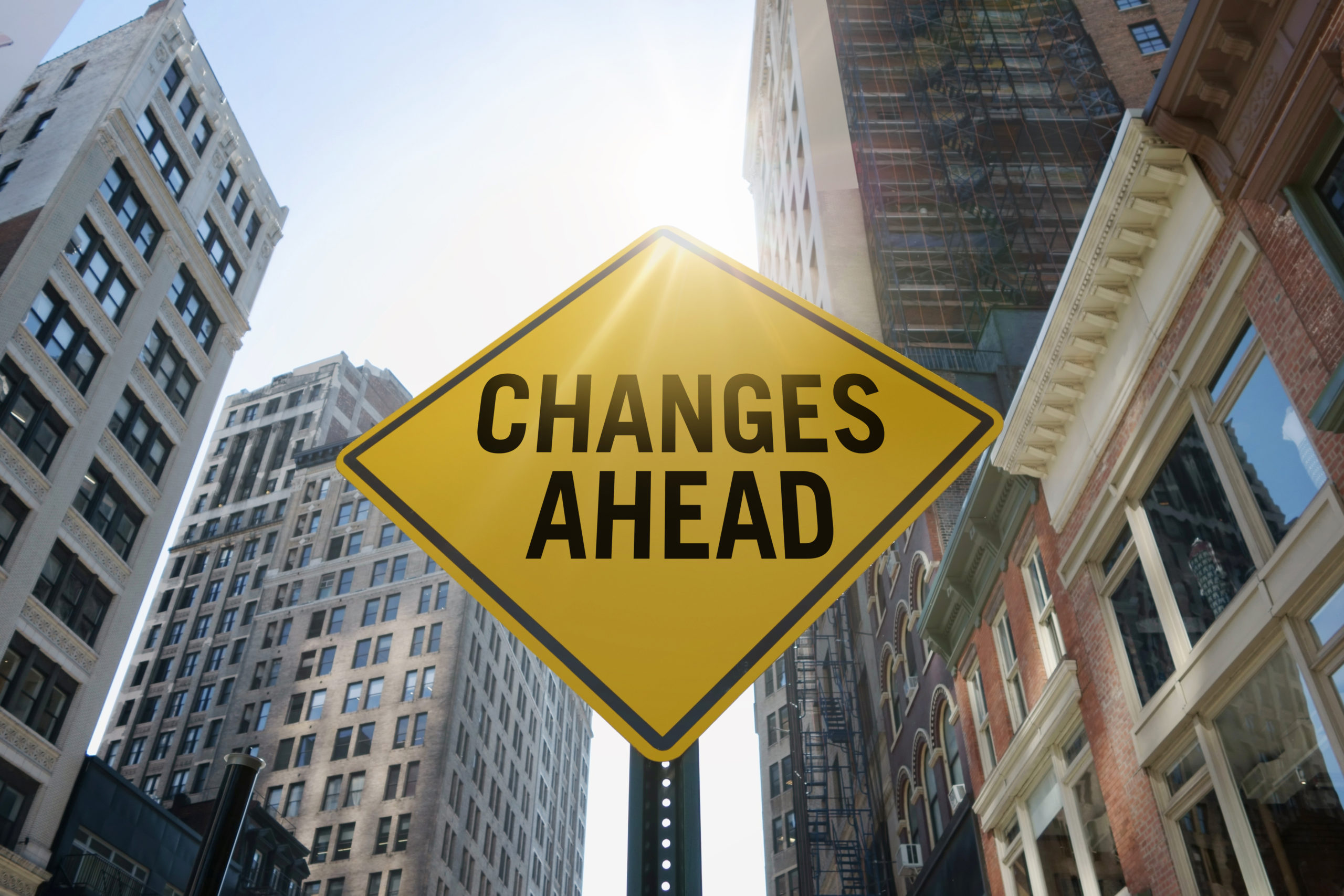Mario Aquino, Founder and Managing Partner of FutureLabs Ventures, looks back at FinovateAsia Digital, and the panel on Financial Wellness: How the Digital Shift In Asia Has Created Opportunities to Better Serve The Underserved, to share his key takeaways and thoughts for the future of financial wellness.
Last month I joined a distinguished panel of speakers, including Ryan Jonghoon Kim (Group Chief Digital Officer, FWD Insurance), Lotte Schou Zibell (Regional Director, Asian Development Bank (ADB), Ankit Shrivastava (Director Digital Product, Aegon Asia), Yinglan Tan (Founding Managing Partner, Insignia Ventures Partners), and Amran Hassan (Chief Executive Officer, Etiqa Insurance and Takaful). We explored 4 questions:
- What does financial wellness and serving the underserved mean to each organisation?
- What are the latest exciting innovations across the payments/remittance, lending and insurance landscapes?
- What are the key challenges to increase adoption of new solutions (including having a financial identity, financial literacy) and what is the impact of Covid on this?
- Where are the next big opportunities and areas of impact? — as the focus moves from remittances to lending & insurance solutions and, even more broadly, goes beyond financial services to include HealthTech, EduTech & ESG solutions that benefit the underserved.
It is not my intent of this article to reiterate the full content of our session, instead I would like to focus on sharing my 3 key takeaways about Asia, the diversity and nuances it presents.
1. A quarter of a trillion in new GDP value can be created through the scale of the unbanked opportunity available in Asia
The scale of opportunity to better serve the underserved is enormous. There are 1.7B (30%) unbanked adults globally, out of which 2/3 of them own a mobile phone that could access financial services. 658M of the unbanked population live in Asia. 200M of them are expected to join an exponentially growing middle class by 2030. To provide a sense of scale of the opportunity that lies ahead, it can be estimated that if a portion of this population is converted to a banked population, a quarter of a trillion in new GDP value can be created. At FutureLabs Ventures, serving the underserved is one of our three megatrends we focus on — we call this “serving the next 1 Billion” – which is a tremendous opportunity to do well by doing good.

While the opportunity is incredibly big, there are no doubt various challenges to unlock it. These range from reaching the unbanked (especially where there is no electricity), financial identity and literacy, to fraudulent activities. One of the areas that is being widely studied by Aegon Asia, a financial services company, as shared by Ankit, is the right ecosystem to reach the unbanked, and a question being asked is ‘would digital or physical solutions be more effective for this group?’. That being said, the increase in smartphones is making access easier — and it is a trend that is only going to improve.
2. Covid-19 is a great catalyst to change consumer behaviours and leverage on the help of a broader ecosystem to create effective solution for the underserved
A significant shift in consumer behavior has been seen as a result of Covid-19, primarily in the adoption of digital non-cash payments. During the initial outbreak period, the World Health Organisation (WHO)
came up with guidelines encouraging contactless payments as a measure to curb the spread of the virus. The psychological fear set in created more willingness in merchants to accept non-cash payments and use channels such as Instagram, QR Pay, E-wallets while absorbing any transaction cost for the transfer.
In our panel discussion, Amran confirmed that in markets like Malaysia, he believes this consumer behavior will stick as merchants realize the benefits from digital payments. But, in order for these consumer behaviors to continue to be adopted by the unbanked/underserved, a concerted collaboration among all ecosystem players is needed — central banks, governments, fintechs and large corporates — in order to bring to market targeted solutions that address real pain points and are interoperable. As Lotte well emphasised during our conversation, there are two critical aspects to be addressed in the process. Firstly, the basic rails for financial access – from digital identity to financial literacy; and secondly, interoperability and data protection need to be integrated right from the outset to encourage broader adoption and impact vs. the proliferation of an sub-scale set of individual solutions that don’t work with each other. If we are able to achieve this broader ecosystem collaboration, we would have put the setting for real impact at scale — where individual creativity and entrepreneurship is encouraged, but within an ecosystem that allows scale, competition as well as collaboration.
3. Financial Inclusion is not a means to an end, but rather a means to create access to Healthcare, Education and other Services
Financial access has a key role to play in day-to-day living and facilitating individuals in everything from long-term goals to unexpected emergencies. Overtime, individuals with financial access are more likely to use the access to invest in education, health, weather financial shocks and improve their overall quality of life.
As Ying Lan also shared, I truly believe there is an ever greater realization and awareness of the consequent positive effects that financial inclusion in Asia can create. These are new and sizeable customer segments that can generate new business opportunities for corporates and start-ups.
It would be wonderful to continue to see a high and close collaboration among all ecosystem participants — entrepreneurs, investors, banks, corporates and large tech firms — to unlock these opportunities and to do well while doing good!
